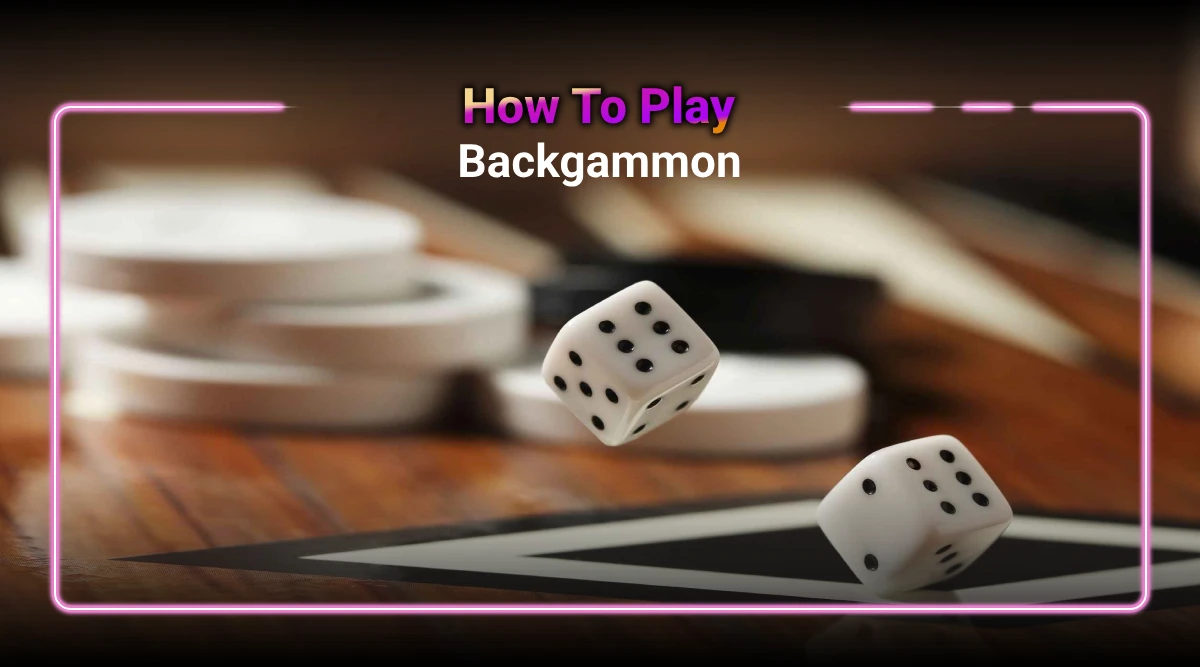
Backgammon, one of the world’s oldest board casino games, offers a unique blend of strategy and chance that continues to captivate players. Its rich history, dating back thousands of years, is a testament to its enduring appeal. In this guide, we delve into how to play backgammon, exploring the heart of this intriguing game, a standout in the online casino world. Learning how to play backgammon not only boosts your gaming prowess but also enriches your appreciation of these timeless classics.
Our journey will take you through the essential aspects of backgammon – from setting up the board to deploying strategies that can turn the tide in your favor. This exploration is a crucial part of learning how to play casino games like Backgammon, where skill meets unpredictability. Whether you’re a novice seeking to understand the basics or a seasoned player aiming to refine your skills, this casino guide promises valuable insights and tips. So, let’s dive into the exciting world of backgammon, a game that perfectly blends strategic play with the thrilling unpredictability of casino gaming.
How to Play Backgammon: Setting Up the First Moves
The backgammon board is a tableau of strategy, comprising 24 narrow triangles known as points. These points are grouped into four quadrants of six points each. To visualize the board, imagine two halves, each with two quadrants: the home and outer boards. Point numbering runs from 1 to 24, starting on the opponent’s home board and ending on the player’s home board.
Each player begins with fifteen checkers. The arrangement is as follows:
- Two on their 24th point
- Five on their 13th point
- Three on their 8th point
- Five on their 6th point
This setup is mirrored on the opponent’s side. The strategic placement of these checkers forms the basis of the game’s tactical play.
While not essential for beginners, the doubling cube adds a layer of strategy to backgammon. It’s a die with the numbers 2, 4, 8, 16, 32, and 64. The cube allows players to raise the stakes of the game, making it a thrilling feature for more experienced players. However, for those just starting, focusing on the basic gameplay is advisable.













